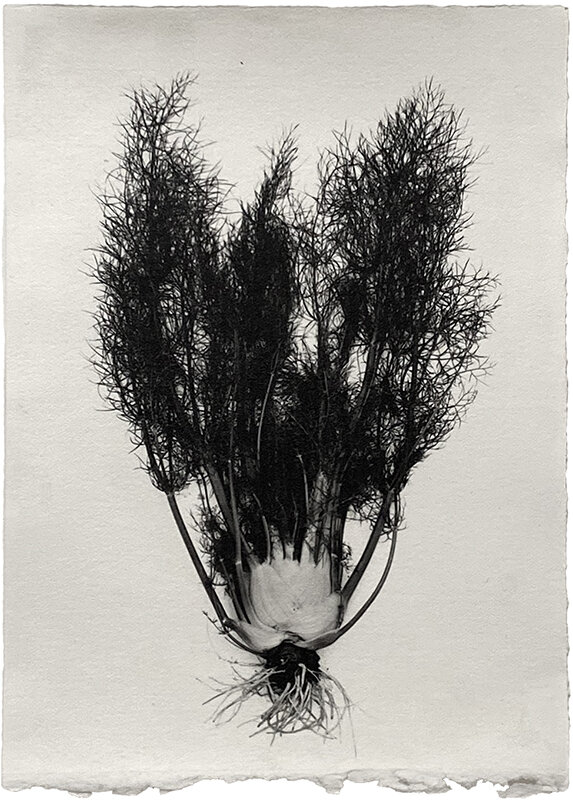May 18 - July 29, 2021: Tuesday - Thursday 11 -5 pm
Sachiko Morita
Born in Fukui, Japan in 1973, Sachiko Morita now lives and works in Angers, France.
She first trained as a sculptor and graduated from Musashino Arts University in Tokyo in 1997. She then moved to France to study at Ecole des Beaux-Arts in Nantes from 1999 to 2002, before being awarded a one-year residency at Cité Internationale des Arts in Paris from 2002 to 2003.
Morita shoots in natural light with a film camera. She then makes her own prints, with a classic enlarger, on a watercolor paper that she previously prepared using a photosensitive emulsion applied with a brush. The black background prints reveal the brushstrokes, with increasing freedom of expression. The prints on a white background are reworked with water with a fine brush, to clear the negative space and redefine the shadows. The photographic work therefore results from a succession of gestures requiring great precision, while retaining a part of randomness due to the combined reactions of natural elements (light, air, water) and chemical elements (emulsion, paper, developer).
This creative work in which the hand is the ally of the eye is also an extension of the artist’s work in the garden. Morita cultivates an ornamental garden and a vegetable patch. In front of her house, she planted flowers chosen for their fragrance: honeysuckle, daphne, jasmine. The chance of successive plantings means that in any season she can observe at least one flowering plant. Her herbarium keeps getting richer, mixing wild and cultivated plants, humble and noble varieties, specimens she was given or that she picked herself. The garden leads to the workshop, which leads back to the garden. The photographs taken season after season are a celebration of the land and the forms it gives birth to. An emotion felt in front of a botanical find provokes the passage to the photographic act. Thus, the rhubarb photographed in flower last season, finds its place under the lens once mounted in seed; the acorn of the oak returns in the form of a cup. The fruits succeed the flowers, which join the seeds.
Although her approach is not spiritual, the artist nevertheless recognizes an underlying influence of Shintoism, a form of animism in which nature has a sacred character. The deep respect that ensues defines the place of man in the universe, as an element in a great whole. This idea is also nourished by artistic references: Karl Blossfeld, Cy Twombly, Henry David Thoreau, to name but a few. Morita also cites Fukuoka Masanobu, a precursor to permaculture.
Blandine Chambost
Morita in her studio, Angers, France
Morita in her studio, Angers, France
Morita’s garden in Angers, France



























